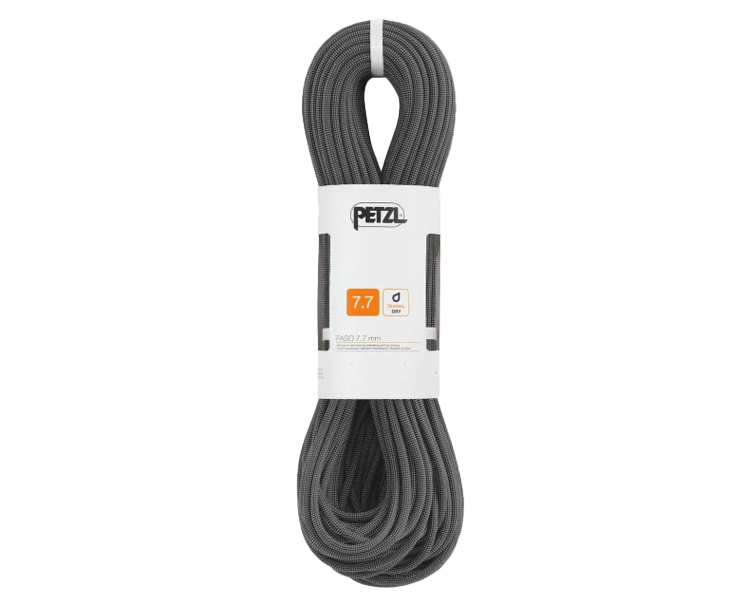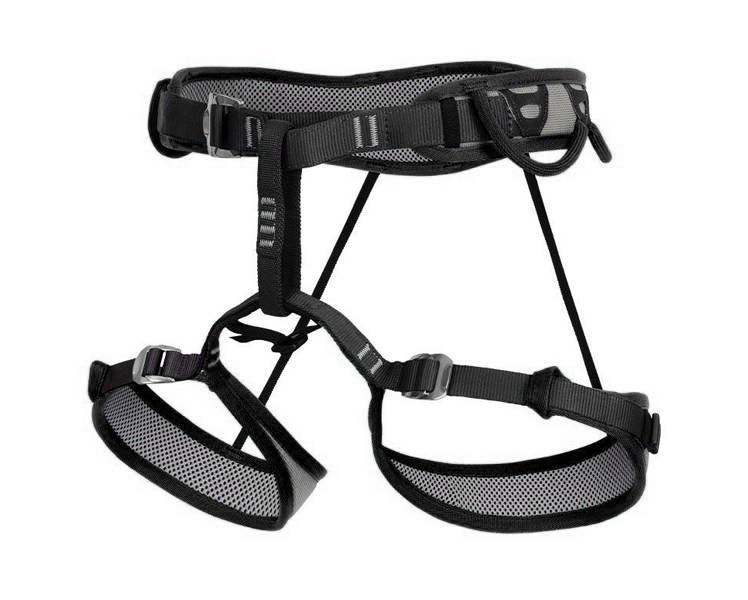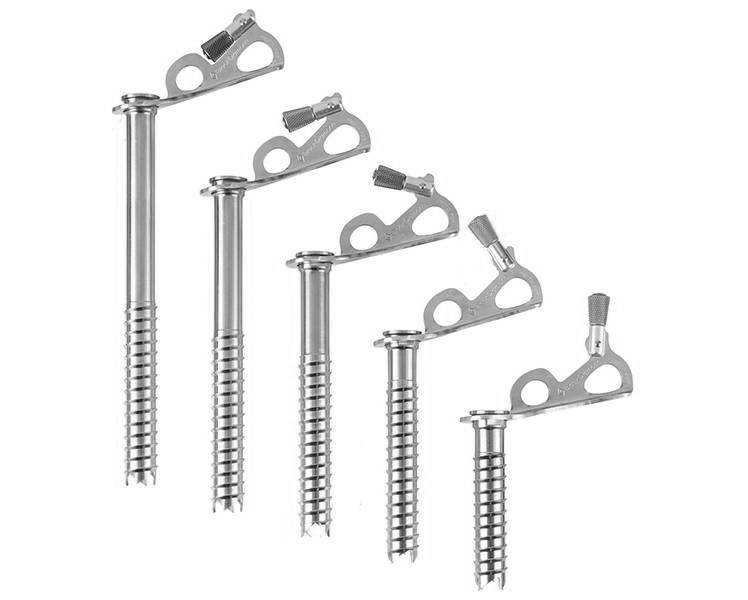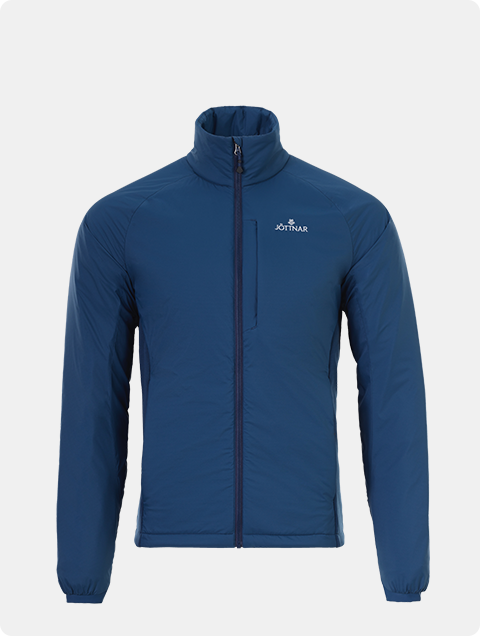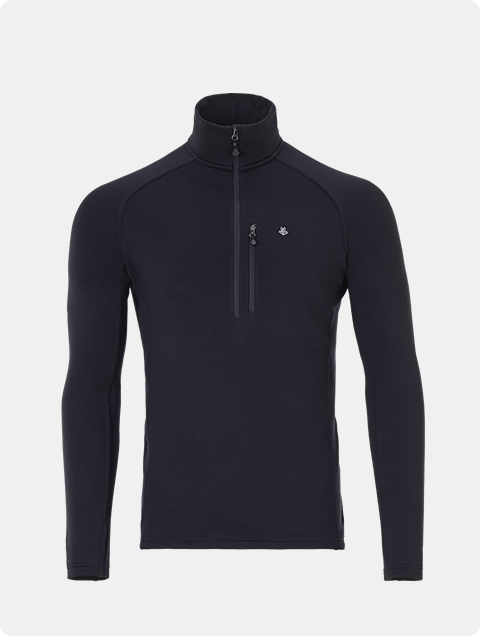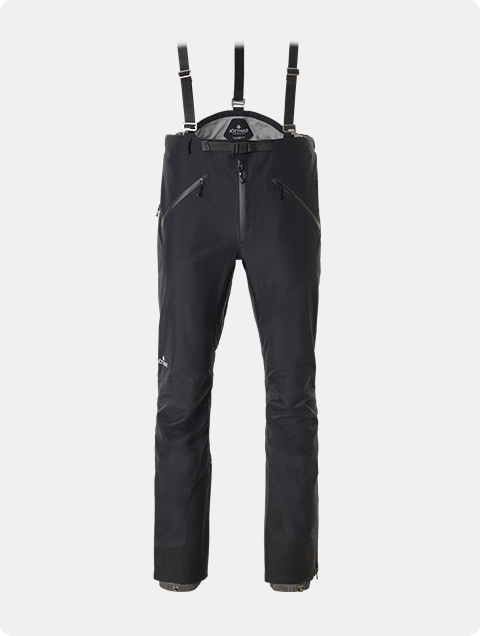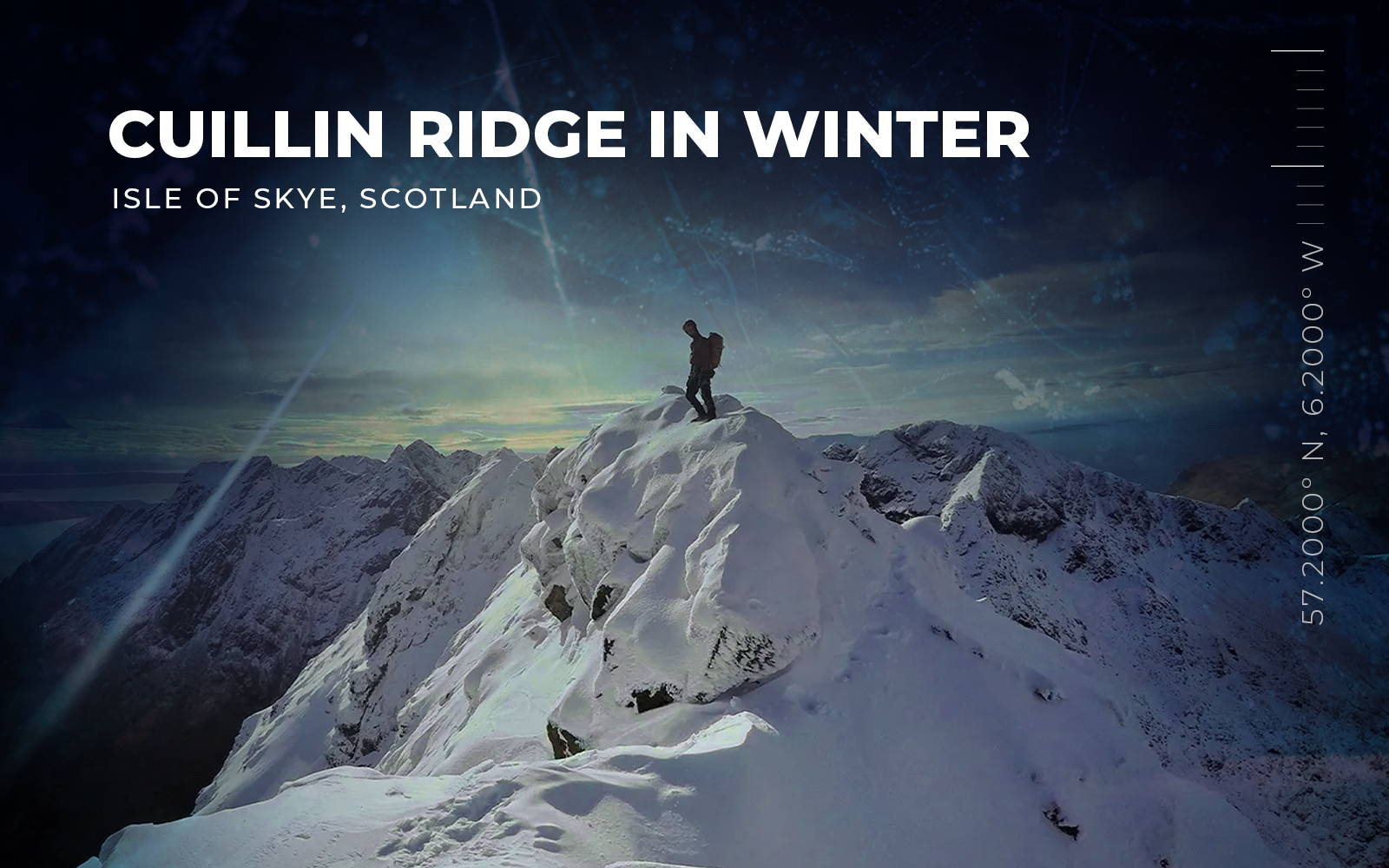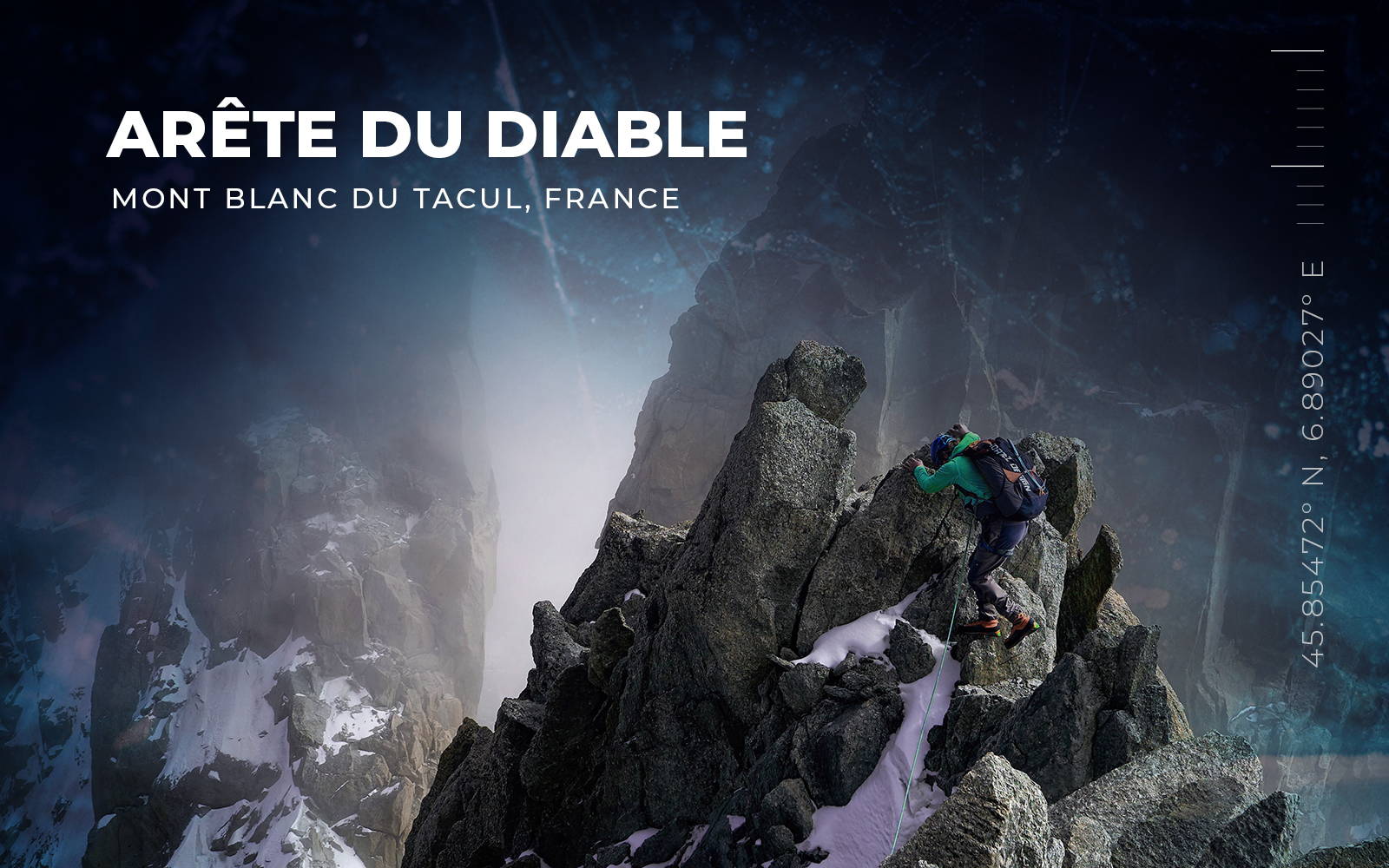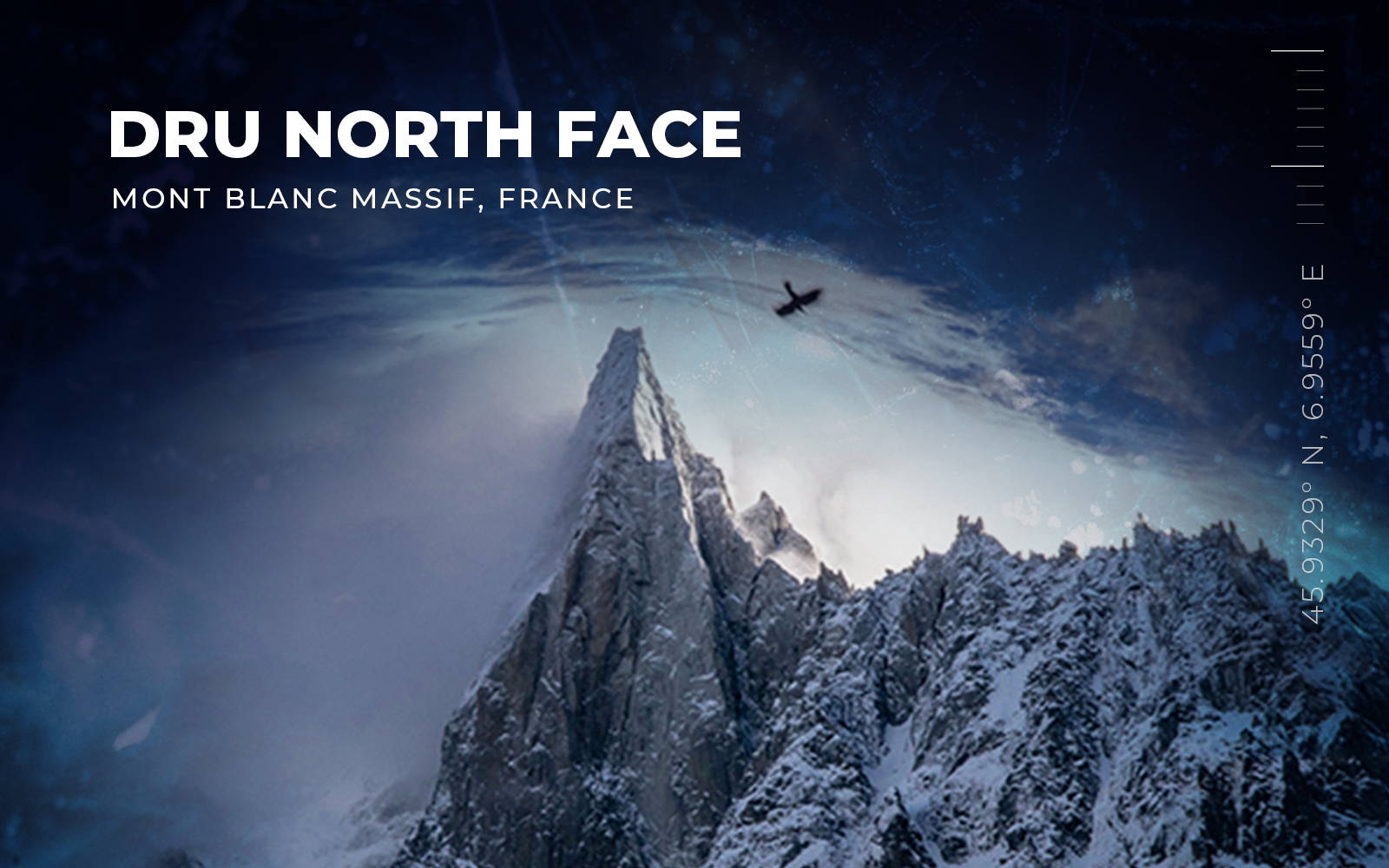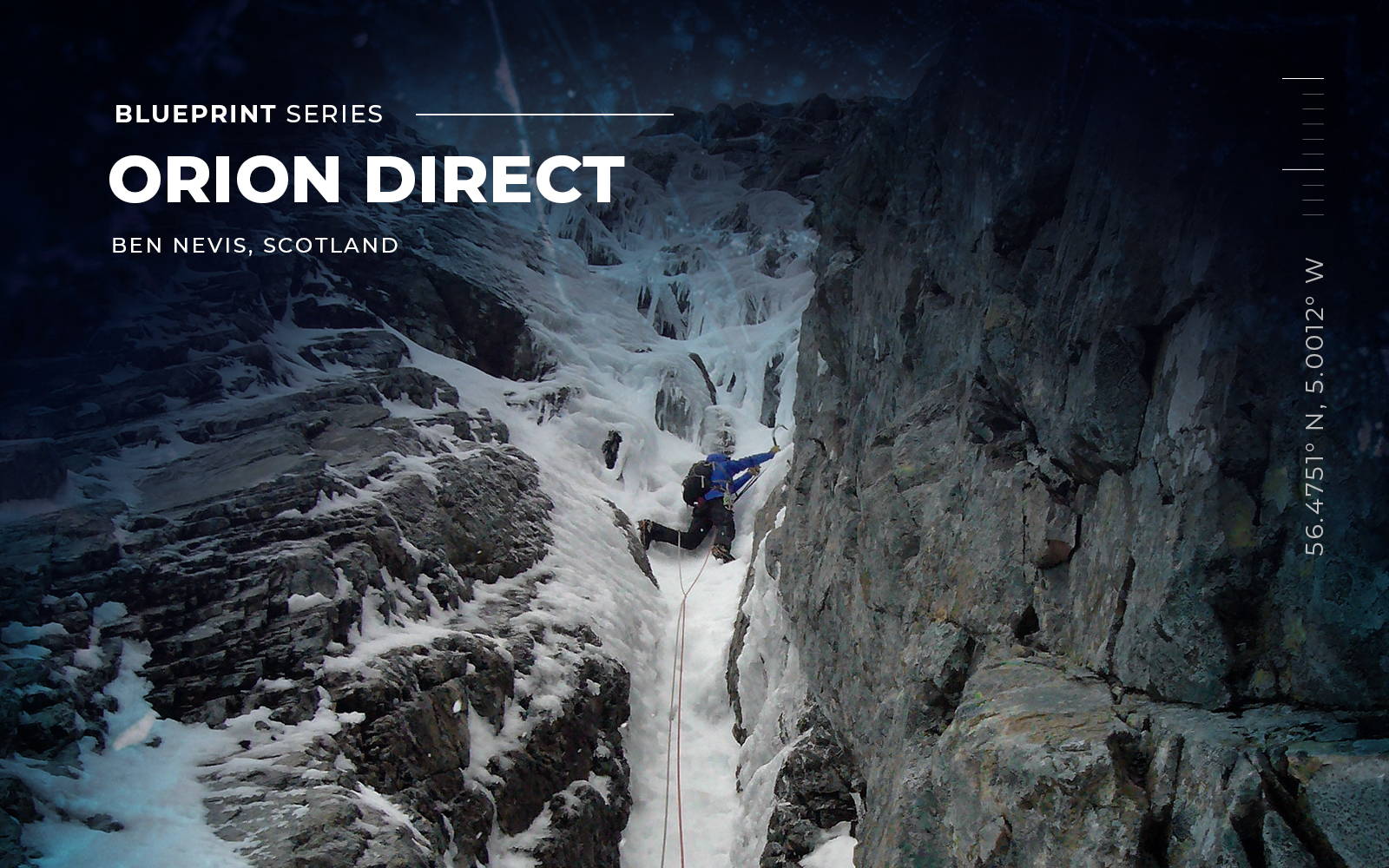

Location
Ben Nevis, Scotland

Season
Feb - Apr

Grade
When the daffodils are blooming and the Glen Nevis outcrops offer an easy day’s cragging, there is often ice climbing at its best on the highest crags in the UK.
Ben Nevis holds on to its snow and ice longer than anywhere else, and can come into its own in March or April. Weaving up its north face via a sustained and intricate line, Orion Direct was a route ahead of its time when first ascended in 1960. Alpine in scale but unmistakably Scottish in experience, it matches Point Five Gully in both stature and quality, fully deserving of all four of its stars.
Jöttnar’s Mike Pescod is an IFMGA mountain guide and Jöttnar Pro Team member. Here he gives a local’s insight into this ultra-classic winter route.
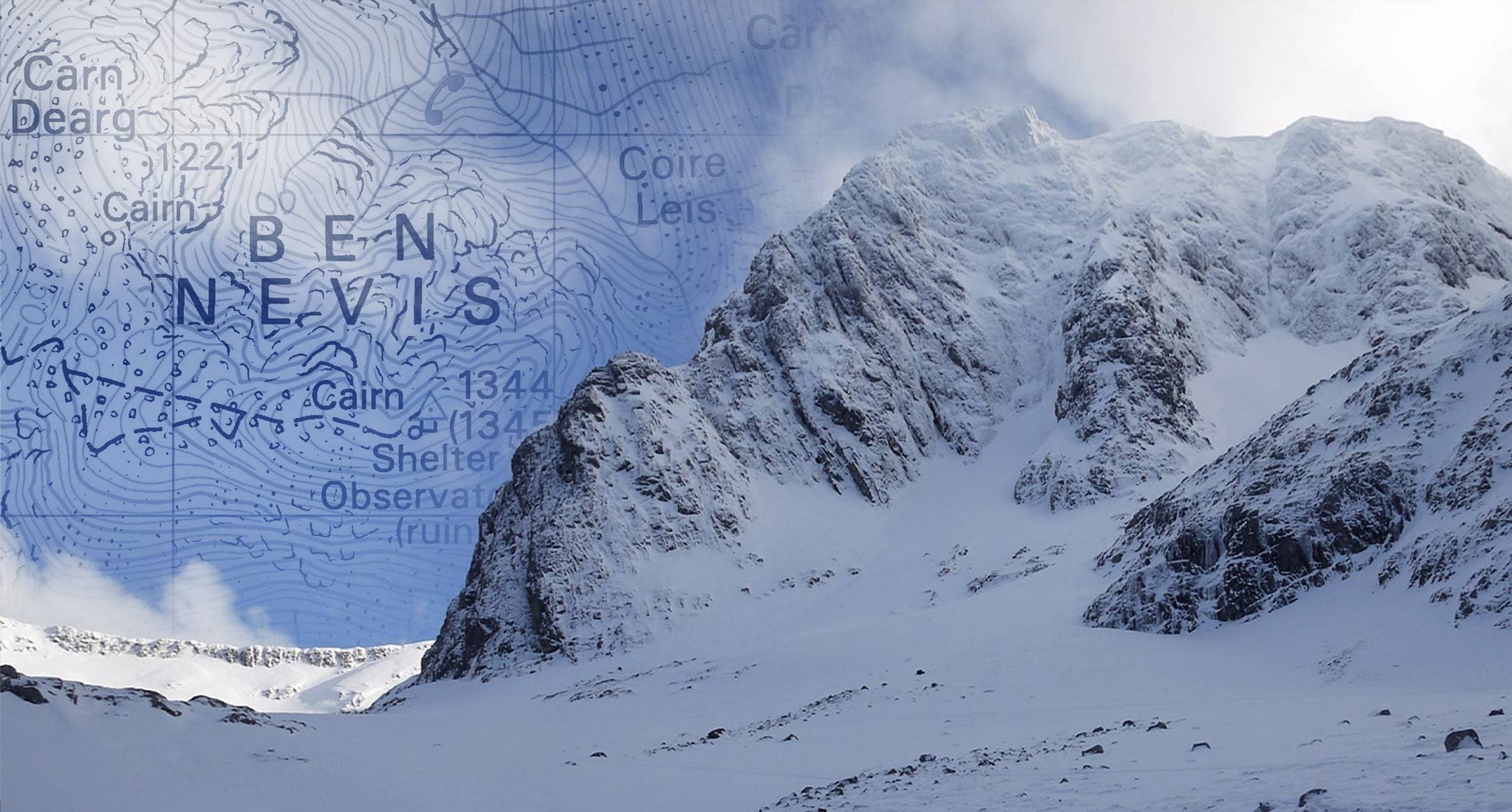
As you walk up the Allt a’Mhuilinn, like the faithful on a pilgrimage, the Orion Face stands directly in front of you. It is the biggest face on Ben Nevis, one of the biggest ice climbs in the country, and uniquely Scottish. Only the right combination of snow fall, thaw and refreeze, a cycle repeated many times in many storms throughout the dark months of the winter, will cover the face in snow-ice. This snow-ice is sufficiently solid to climb but rarely quite as satisfactory for protecting the climb. Ice screws will be run-out at best and sometimes placed more for decoration than for effectiveness. And there are eight or nine long, intricate pitches to reach the top.
"Ice screws will be run-out at best and sometimes placed more for decoration than for effectiveness."
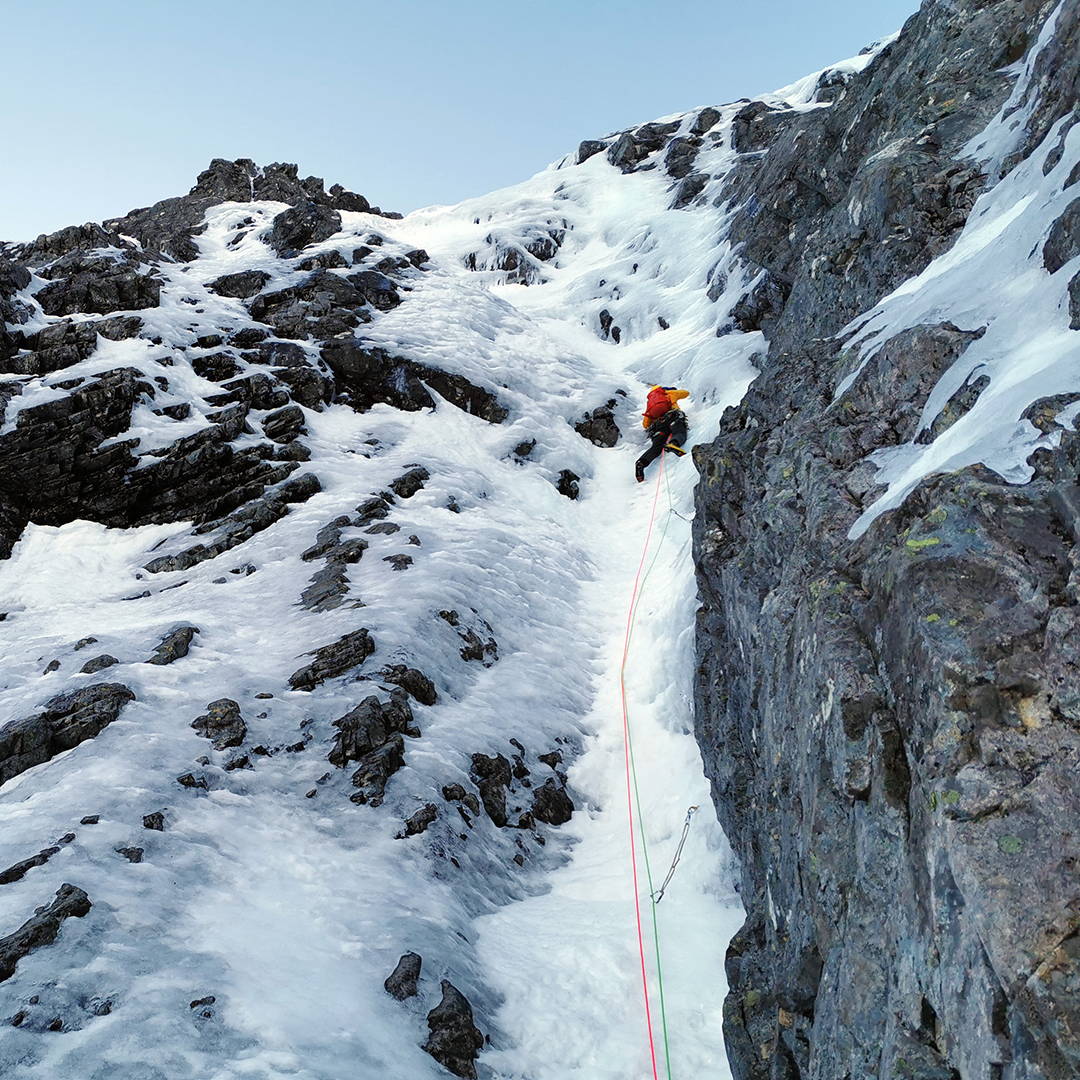
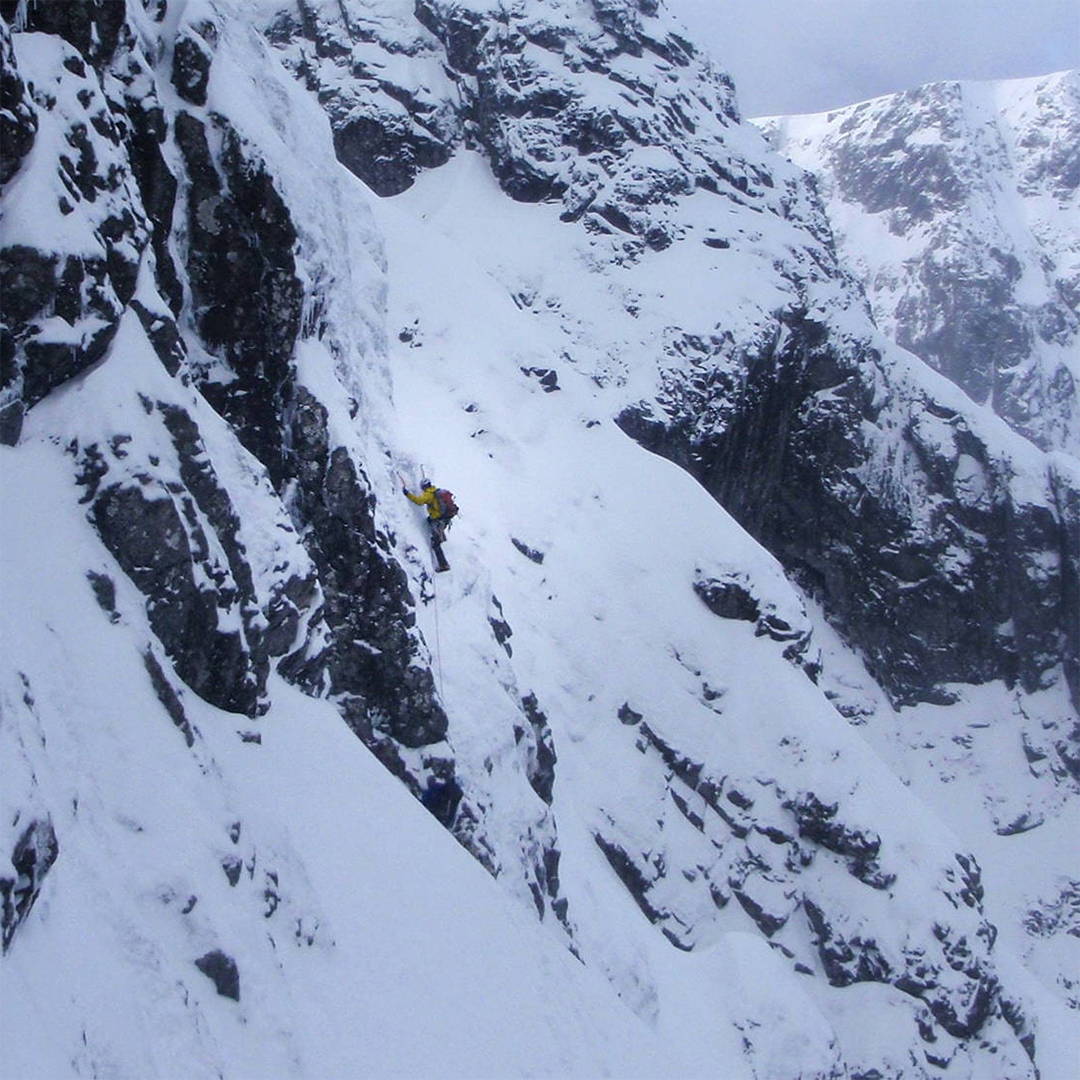
The route is a non-line that shows the brilliant mountaineering skill of its first ascensionists. It links natural features that are not obvious from the bottom in a devious line that makes perfect sense once you’re on it. The pitches flow together with sustained climbing that is always delicate but never hard. Despite not having an obvious line like its neighbour Point Five Gully, it has an aesthetic all to itself.
"The traverse out of The Basin will always be the crux though, psychologically if not physically."
Take 60m ropes and enough ice screws for successive ice screw belays. One set of rocks is plenty because nearly all the protection is in ice. The second pitch is surprisingly steep and can provide the steepest section of the whole climb. The traverse out of The Basin will always be the crux though, psychologically if not physically. It’s a delicate tip-toe rightwards over ever more exposed blobs of ice. Above, seemingly endless grooves of ice and sheets of snow lead to a final rocky buttress, breached on the left by the Exit Chimney, a last sting in the tail.
Specialist Equipment

Route Length
420 m
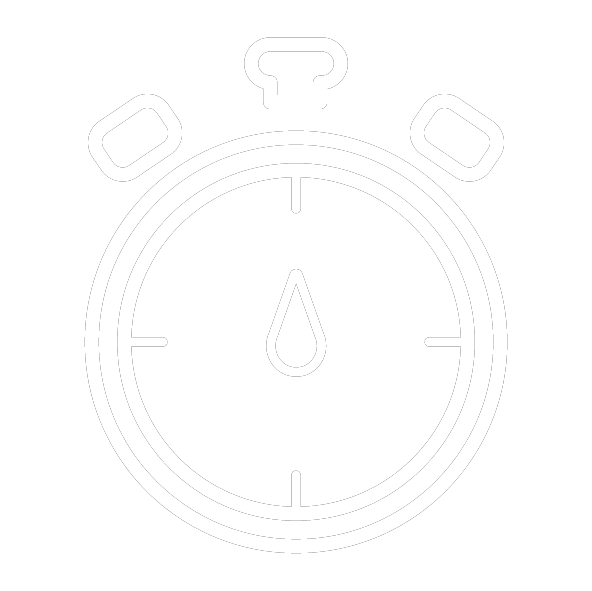
Normal Ascent Time
2-6 hrs

Pitches
8
